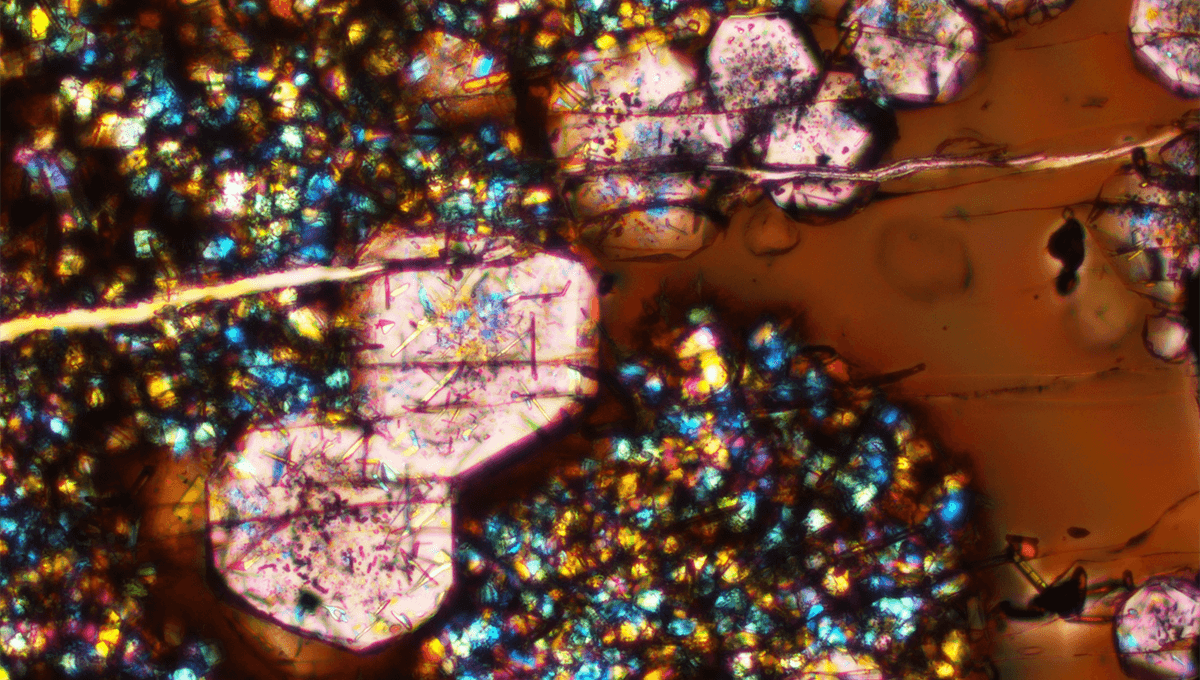
The reason why continents mostly stand above sea level is believed to be that continental crust is lower in iron and more oxidized than oceanic crust. This makes continents more buoyant over the Earth’s mantle. The difference in composition is poorly understood, but a popular hypothesis suggested that garnet formation was key to this. Now, new experiments are calling that into question.
Work published five years ago proposed the crystallization of garnet as the crucial mechanism. The location of this event is the continental arc volcanoes, where oceanic crust sinks beneath continental crust. The idea is that garnet formation there removed non-oxidized iron from the magma – in one go, the magma that ended up on the continent was simultaneously poorer in iron and richer in oxidized minerals. A compelling explanation, but some scientists saw potential limitations that needed testing.
“You need high pressures to make garnet stable, and you find this low-iron magma at places where crust isn’t that thick and so the pressure isn’t super high,” senior author Elizabeth Cottrell, research geologist and curator of rocks at the Smithsonian’s National Museum of Natural History, said in a statement.
Cottrell’s team created garnet in the lab from molten rocks, trying to simulate what happens when these gems form in those places where the pressure is not super high. They placed the molten rock in special cylinders that could simulate 15,000 to 30,000 Earth atmospheres of pressure and got garnets out of them. They then looked at how much unoxidized iron was removed from the rocks. And it wasn’t enough to explain the composition of the continental crust.
“These results make the garnet crystallization model an extremely unlikely explanation for why magmas from continental arc volcanoes are oxidized and iron-depleted,” Cottrell continued. “It’s more likely that conditions in Earth’s mantle below continental crust are setting these oxidized conditions.”
The findings obviously bring back the crucial questions about why continents exist and what has caused their composition to be special.
“What is doing the oxidizing or iron depleting?” Cottrell asked. “If it’s not garnet crystallization in the crust and it’s something about how the magmas arrive from the mantle, then what is happening in the mantle? How did their compositions get modified?”
The team is now investigating whether oxidized sulfur could be oxidizing the iron, and therefore explain the discrepancy between continental and oceanic crust.
The findings were published in the journal Science.
Source Link: Main Explanation For The Rise Of Continents Challenged By New Study